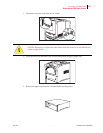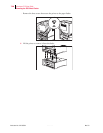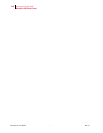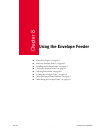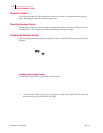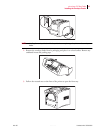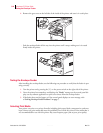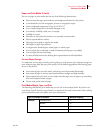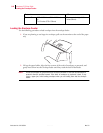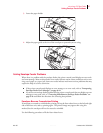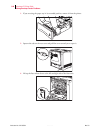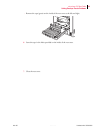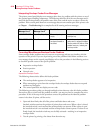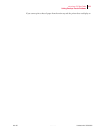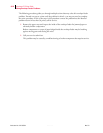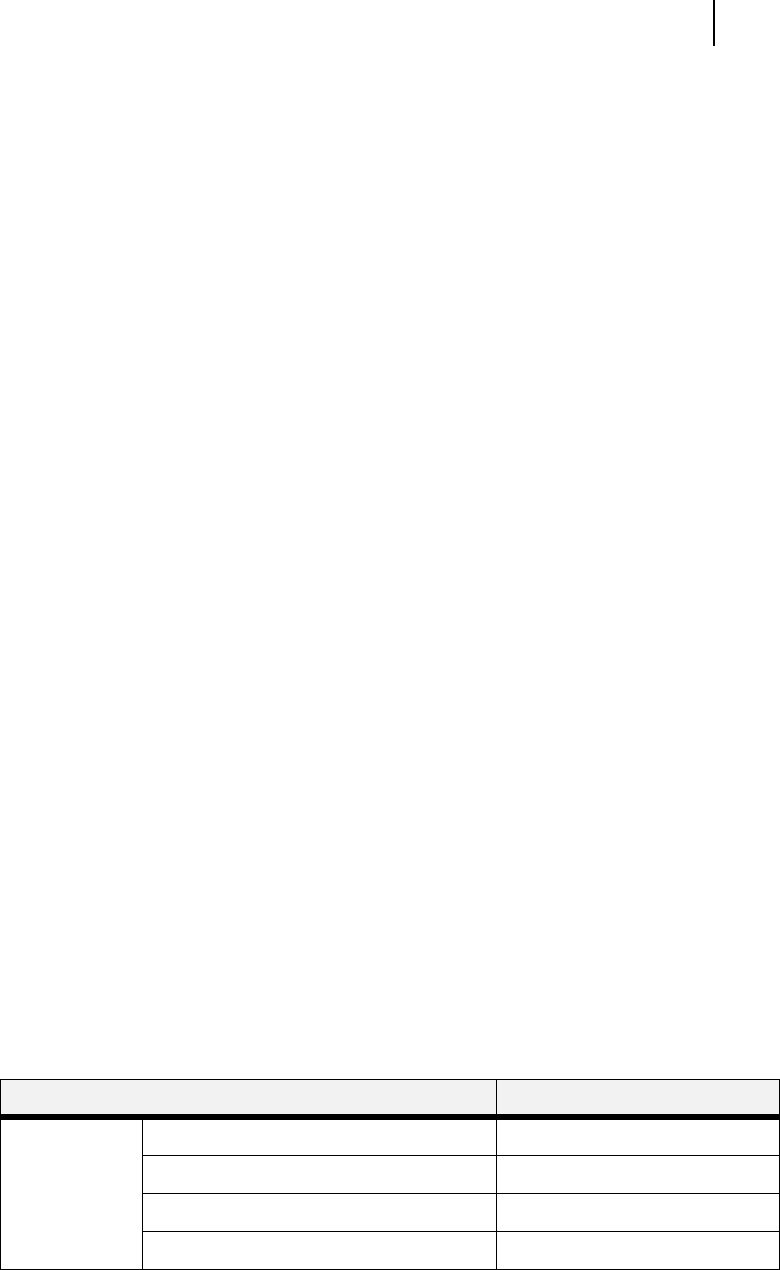
Mar 00 Genicom Publication No. GEG-99054
microLaser 210 User Guide 8-5
Selecting Print Media
Paper and Print Media To Avoid
Do not use paper or print media that has any of the following characteristics:
■
Does not meet the paper and media size and weight specifications for this printer
■
Is not labeled for use with xerographic printers or xerographic copiers
■
Cannot withstand temperatures of up to 310°F/155°C
■
Is in a sealed package that is obviously damaged or wet
■
Is excessively wrinkled, curled, torn, or warped
■
Is folded or creased
■
Has either an extremely slick surface or an extremely textured surface
■
Has an exposed adhesive surface
■
Has paper pieces glued or taped to the media
■
Has staples or paper clips attached
■
Is categorized as thermal paper, coated paper, or carbon paper
■
Is an envelope that is embossed, is made of extremely thick paper, or is padded
■
Is an envelope that has metal clasps
■
Is a sheet of labels that has the backing sheet exposed between individual labels
Correct Paper Storage
It is important to store paper correctly prior to placing it in the printer, since improper storage can
cause frequent paper jams and poor print quality. Use the following guidelines when storing paper
for use in the printer:
■
Store reams of paper on a flat surface, and always store them stacked horizontally.
■
Store reams of paper in an area away from both direct sunlight and high humidity
■
Open sealed reams only when you are ready to load the paper into the paper tray, and always
close and seal partial reams of paper.
■
Do not stack partial reams of paper
Print Media Weight, Type, and Size
The following table defines print media that you can use in the envelope feeder. If you have con-
cerns about a specific brand or type of media, try samples of the media to determine if the resulting
printer performance and print quality meet your expectations.
Type of Envelope or Postcard Maximum Capacity
Envelope Commercial # 10 75
Monarch 75
DL 75
C5 50



